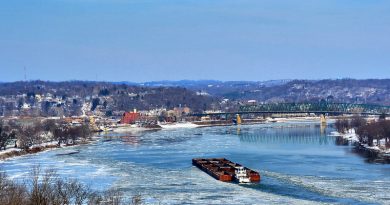The Top 5 Things To See & Do In Varanasi
One of India’s most beautiful cities, Varanasi is known as being the holiest of the country’s seven sacred cities, in part due to its location along the River Ganges. Hugely significant in Hinduism, Buddhism and Jainism, Varanasi is not only known for its religious importance. A major cultural and industrial centre under the Mughal Empire, Varanasi remains one of India’s most distinct and colourful cities.
Dev Diwali
It is no secret that India is known for its plentiful dazzling religious festivals. One which is distinct to Varansi is Dev Deepawali, or ‘the Diwali of the Gods’. A Hindu festival, Dev Deepawali sees the city of Varanasi transformed as firework displays occur throughout the city while the Ganges River is crammed with oil lamps. The festival is centred around the beliefs that the gods descend to bathe in the Ganges on this day. Major rituals include the Kartkka Snan, a holy bath in the Ganges at nighttime. The festival lasts for five days and is a major tourism draw for the city, with visitors mesmerised by its transformation.
Dashashwamedh Ghat
Varansi’s main Ghat is considered to be the most visually spectacular in the world. Built in the mid-18th Century under the orders of Peshwa Bali Baji Rao, it is known as one of the city’s most important religious sites and a major locale for ceremonies, particularly Aartis during festivals. It is steeped in both history and legend. According to legend, it was where Lord Brahma sacrificed ten horses on its steps. One of South India’s most important religious sites.
Kashi Vishwanath Temple
The city’s most important Hindu temple, the Kashi Vishvanath Temple is located next to the Dashashwamedh Ghat. Dedicated to Lord Shiva, the site itself has functioned as a temple for many centuries, with the original temple destroyed at the end of the 12th Century. It is known for its gold exterior. It draws major crowds, reaching around 3,000 a day on average although this number sometimes exceeds one million during festivals. The current building was completed in 1780 and has remained one of the most significant places of worship in the entire Hindu religion ever since.
Ramnagar Fort
One of the city’s most enduring pieces of Mughal architecture, Ramnagar Fort was built in 1750 under the orders of Kashi Naresh Baja Balwant Singh. Known for its traditional sandstone exterior, the Fort was one of the city’s major buildings as the home of the city’s Maharaja. The building has fallen into disrepair in recent years, accentuated by the collapse of the monarchy. However, it is now home Saraswati Bhawan, a strange museum featuring foreign and native objects ranging from Japanese guns to American vintage cars. The fort assumes a major role during a number of festivals, the old building lit up amid the jubilations.
Sarnath Museum
A short drive from Varansi, the Sarnath Museum is India’s oldest archaeological museum, founded over a century ago in 1910. The museum draws from a lengthy period ranging from the 3rd Century BC to the 12th Century AD. The museum is particularly well-known for its extensive collection of Buddhist statues, the Lion Capital of Ashoka being its most important relic.




